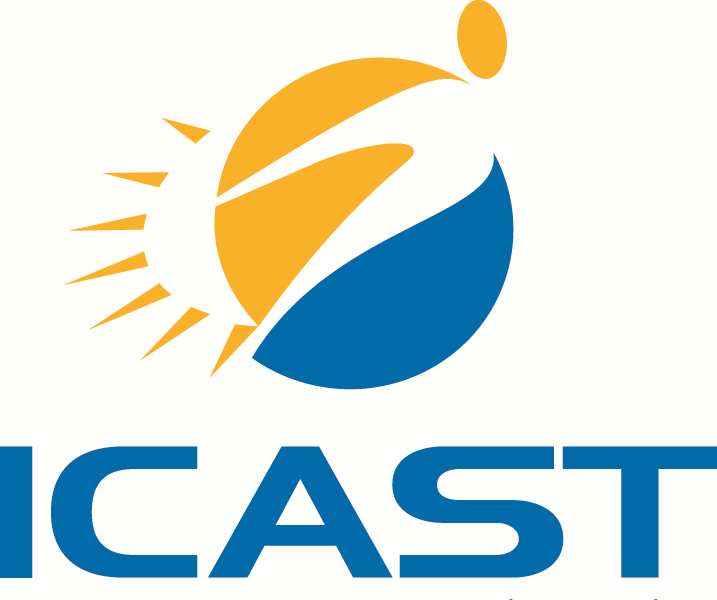Energy Efficiency Programs Can Reduce Energy Burden For Low-Income Households
Albuquerque, NM, January 21, 2021 – ICAST supports the Community Energy Efficiency Development Block Grant Act (HB37) because it will reduce the energy burden on low-income (LI) households; create well-paying local jobs; and offer safer, healthier, and more comfortable environments to the LI families.
LI households face disproportionate energy burdens throughout the United States. According to the U.S. Department of Energy (DOE), LI households’ national average energy burden is 8.6%, almost three times higher than non-LI households. Additionally, the DOE cites that approximately 44% of U.S. households fall under the definition of LI.
New Mexico is no exception. The DOE’s Low-Income Energy Affordability Data (LEAD) Tool shows that New Mexicans living below the federal poverty level pay an average of 13% of their income on energy bills. Those living in Catron, Colfax, Lincoln, Mora, and Taos counties pay an average of 27%.
Studies have found that the average energy burden is increasing for the LI household. But, the share of energy efficiency (EE) program funding targeting LI households remains significantly lower, thus raising equity implications for LI households’ ability to access EE program funds.
LI households’ health is also affected in the absence of EE upgrades. Although their households contribute proportionately less to local and global air pollution due to their lower per capita energy consumption, they suffer disproportionately more from the impacts of poor indoor air quality. Insufficient heating and cooling systems and leaky homes can cause hypothermia and heat stress. Improper air filtration, cracked heat exchangers, and poor ventilation can exacerbate asthma and other respiratory problems for occupants. Unfortunately, LI households are often the last adopter of newer technologies due to a lack of resources.
“Low-income focused EE programs have helped local Governments meet their environmental and sustainability goals, reduced utility bills for LI residents, and created healthier living conditions that decrease sick days and hospital visits for LI families – saving them money on healthcare bills,” said Ravi Malhotra, President, ICAST.
In March of 2019, Governor Grisham signed SB489 into law. The Energy Transition Act (ETA) established NM as a national leader in clean energy. “The ETA sets statewide zero-carbon resources standards for investor-owned utilities by 2045 and rural electric cooperatives by 2050.”
“The installation of energy-efficient heating and cooling equipment can significantly lower utility costs for low-income households and simultaneously create jobs for local HVAC contractors.” said Brian Griego, Branch Manager- New Mexico, Sigler Wholesale Distributors (of Carrier Corp.’s HVAC products).
EE programs must be funded to meet the ambitious environmental goals outlined in SB489 and to address the disproportionate home energy burden, equity, and health implications for LI households. EE upgrades have been proven to reduce electricity consumption by 31% and can reduce energy burdens by as much as 25%. EE upgrades for LI households are vital to reducing illnesses caused by deficiencies in the built environment, e.g., respiratory diseases caused by poor indoor air quality from ill-functioning furnaces or water heaters.
About ICAST
ICAST (icastusa.org) is a social enterprise with a 20-year history of launching and scaling programs that meaningfully impact low- and moderate-income communities while advancing access to clean energy, affordable housing, and local green job opportunities. ICAST manages the NM weatherization program for multifamily properties and the EE programs for NM Gas, Public Service Company of NM and El Paso Electric. It serves over 2,000 households each year in New Mexico, investing over $5 million in local communities and saving $500,000 in annual utility bills, while creating over 60 jobs annually.

